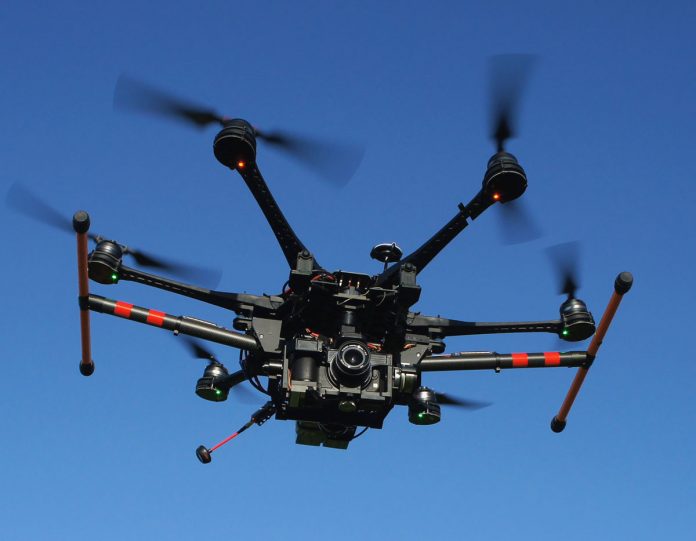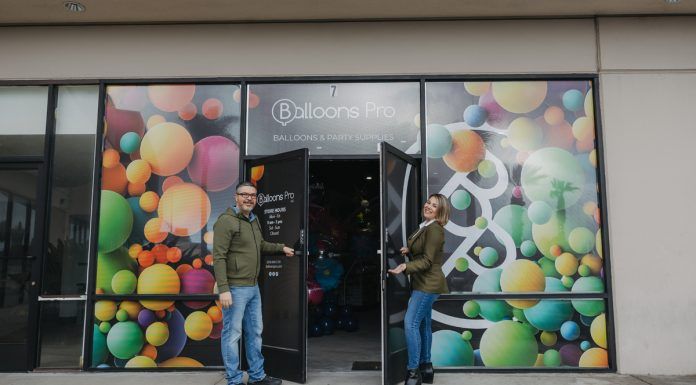Since its launch a year ago, the Chula Vista Police Department’s Drone as a First Responder program has surpassed 1,000 uses of drones in support of patrol operations, and is the first in the nation to do so.
“Speaking on behalf of the chief of police and those of us in leadership, we are really proud that CVPD is setting an example to police agencies nationwide in what we view to be a real paradigm shift in how policing will be done in the future,” CVPD Capt.Sallee said.
CVPD currently makes use of four drones and two launch locations — CVPD located at 315 Fourth Ave. and Bayview Behavioral Health Hospital located at 330 Moss St. These locations allow CVPD to cover approximately 33 percent of the geographic area of the city and an area that is responsible for about 70 percent of calls for service, according to CVPD.
Sallee said CVPD looked for a tall building that would allow them to reach more of the southern part of the city.
In May, CVPD obtained a beyond visual line of sight waiver from the Federal Aviation Administration, which allows CVPD to fly drones from either launch site for three nautical miles. A nautical mile is equal to approximately 1.15 regular miles.
The development of the DFR program came as part of a larger push to “accelerate safe drone integration,” when the FAA launched its Unmanned Aircraft System Integration pilot program in 2017, according to the FAA website.
The FAA received 149 applications from cities and organizations across the nation, and chose San Diego as one of its 10 lead participants in 2018. San Diego’s participation in this program aims to focus on border protection and package delivery with a secondary focus on international commerce and autonomous vehicle interoperability and surveillance, according to the FAA.
CVPD’s DFR program falls under the umbrella of San Diego’s participation in the FAA pilot program. Buying the initial equipment for the DFR program was possible through more than $50,000 donated by the Chula Vista Police Foundation, according to Sallee.
According to the CVPD website, using drones allows officers to better understand exactly what they are responding to before they arrive. A trained drone pilot operates the unmanned aerial system, aka drone, remotely and communicates with officers via radio, evaluating the situation.
“Imagine the value of knowing that the truck leaving the scene of a robbery report is red and heading northbound, or that the report of a man with a gun is actually a 16-year-old with a BB gun, or the accident on the freeway involves a tanker truck with placards indicating a chemical hazard,” the website reads.
Sallee said all officers can see the live drone footage on their smartphones before they commit to tactics or course of action, which serves as a de-escalation tool.
“That improves officer safety, it improves public safety, but it also improves the safety of subjects or suspects so we can use the least amount of force possible, which is always our goal,” Sallee said.
Other benefits of the program include clearing calls without ground support and freeing up ground units for higher priority calls, according to CVPD. This has been possible for 21 percent of DFR calls so far.
Sallee said CVPD only uses the drones in response to emergency calls for service, not for random patrolling or surveillance,
Drones have assisted with 135 arrests and helped CVPD avoid dispatching a patrol unit 216 times, according to CVPD. Drones have also been first to the scene for 469 calls.
CVPD partnered with 911 Security to track CVPD drone usage and make the data publicly available online at ps.911security.com. Through this website, anyone can view the launch site, end location, time of launch, reason for launch, and watch a video of the route the drone traveled on a map.















